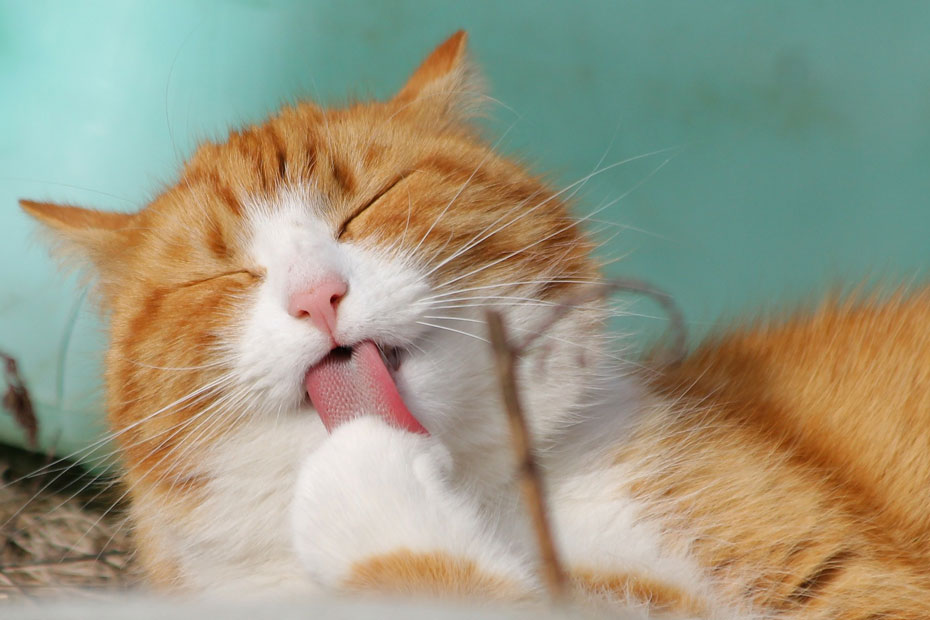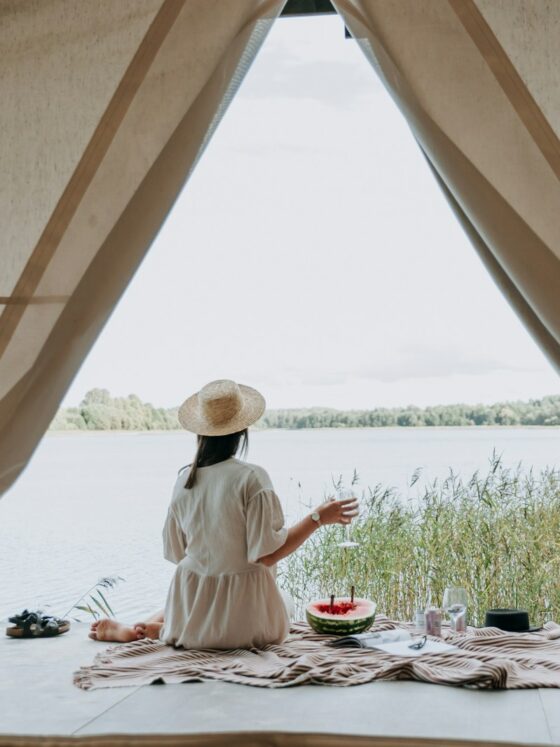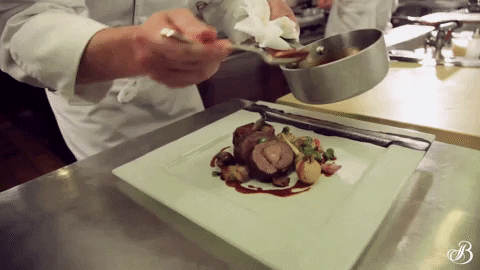There’s something magical about sipping your morning coffee while watching birds flit through the trees, squirrels chase each other along the fence, or butterflies dancing over blooms. You can turn your space, whether it’s a cosy courtyard, balcony, or full-blown backyard, into a wildlife-friendly haven, no matter its size.
Encouraging wildlife into your garden doesn’t take much, but the payoff is huge: more colour, movement, sound, and joy. Not to mention, you’ll be doing your bit for the environment.
Here’s how to get started.

1. Plant trees—even in pots
When people hear “trees,” they often think of towering oaks or sprawling maples. But you don’t need acres to grow something wild-life friendly.
Opt for small or dwarf trees that thrive in containers—like crab apple, cherry, or lemon trees. These offer shelter and nesting spots for birds, squirrels, and insects. Even a single potted tree on a balcony can provide a mini habitat.
If you’re short on space, vertical planters with small shrubs can help create height and coverage.

2. Go wild with wildflowers
Wildflowers are one of the easiest and most beautiful ways to support bees, butterflies, and other pollinators.
Seed balls or mixed wildflower packets make planting effortless. Scatter them over a patch of soil or in large pots and let nature do the rest. You’ll likely see vibrant blooms like cornflowers, foxgloves, poppies, bluebells, and daisies within weeks.
They not only look gorgeous but also serve as essential food sources for bees and butterflies throughout the seasons.
Need inspiration? Check out My Spring Garden Reset Guide for a full seasonal refresh.

3. Add bird feeders (and birdbaths)
One of the most rewarding sights in a garden is a flurry of birds landing to feed or bathe. Different seeds attract different species, so vary what you offer—sunflower hearts, nyjer seeds, or suet cakes are all great choices.
Worried about cheeky squirrels? Opt for squirrel-proof feeders or place them strategically away from fences and branches.
A shallow birdbath or dish of water will also attract feathered friends and give them a safe place to drink and clean themselves. For year-round appeal, keep feeders topped up during colder months when natural food is scarce.

4. Create nesting opportunities
Birds won’t just visit if you offer food—they’ll stay if you provide a place to nest.
Nesting boxes vary depending on the birds native to your region, so do a little research to find the best fit. Open-fronted boxes attract robins and wrens, while small-holed boxes are preferred by blue tits and sparrows.
Hang boxes in a quiet, shaded spot, ideally at least two metres off the ground. If you’re lucky, you’ll hear chicks chirping in the spring and witness their first clumsy flights later on.
5. Install a small water feature
Water is a game-changer for garden wildlife.
A simple birdbath, small pond, or even a shallow water bowl placed at ground level can attract an array of creatures—from frogs and dragonflies to hedgehogs and thirsty bees.
If space allows, try a container pond. Use an old half-barrel or large pot, add aquatic plants like water lilies or pondweed, and top it up regularly.
Avoid adding fish unless the pond is large enough, as they can eat smaller wildlife. And make sure there’s a way for creatures to get in and out safely, such as sloped stones or steps.

6. Keep things a little messy
A perfectly manicured lawn might look nice—but it’s not ideal for wildlife.
Let part of your garden grow wild. Leave a corner untamed with long grass, twigs, or a log pile. These spaces offer safe hiding and nesting spots for hedgehogs, beetles, frogs, and ground-nesting bees.
Even leaving autumn leaves in place over winter helps overwintering insects survive. Don’t be afraid to embrace the mess—it’s a feature, not a flaw.
For more seasonal nature projects, visit Easy Autumn Garden Hacks for Wildlife.
7. Watch and learn
Once your wildlife-friendly space is up and running, take time to enjoy it. Keep a pair of binoculars handy, set up a camera trap, or simply sit with a notebook and document what you see.
You’ll notice your garden change with the seasons. Birds nesting in spring. Butterflies in summer. Hedgehogs foraging in autumn. It becomes a living, breathing extension of your world.
Final thoughts: your garden, your wildlife haven
Turning your outdoor space into a sanctuary for wildlife isn’t just good for nature—it’s good for your soul. You’ll feel more connected, more grounded, and more inspired every time you step outside.
Whether it’s a potted tree, a bowl of water, or a wild patch of flowers, every small effort counts. Your garden can be a place where life blooms—not just for you, but for everything around you.















